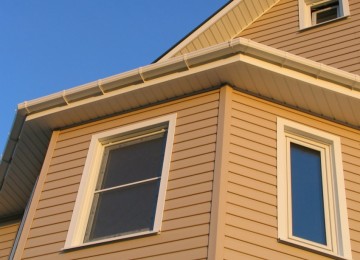Geotextiles are the most important element in modern drainage systems. They are the main protection against insects, plants, rotting, clogging and silting of the drainage layer, and also prevent the leaching of fertile soils. Geotextiles have increased rigidity and strength, which allows them to be used in the drainage system at the most important facilities of the national economy. More detailed information about geotextiles can be found on the Internet
Features of geotextiles
Geotextiles are made from primary polymer raw materials, in the form of non-woven fabric made of staple fibers using a needle-punched method. The material from which geotextiles are made is environmentally friendly and is widely used in civil engineering. Geotextiles are not subject to:
- rotting;
- the negative effects of fungus;
- formation of mold;
- damage by rodents.
The material is produced in rolls, measured in square meters. Applicable thickness from 1.5 to 15 mm.
Advantages of geotextiles
Positive characteristics of geotextiles:
- Does not absorb water, due to which the weight and shape of the roll does not change when working in wet weather.
- It is resistant to natural alkalis.
- Performs an important filtration function, prevents mixing of soil with bulk material.
- Ability to withstand high loads due to good elasticity.
- In case of minor damage, the material does not completely deteriorate, continuing to perform its functions, which makes it durable.
- High resistance to tearing, which is especially valuable during the installation process.
- Does not form by-products. So, for example, a bed on which material is laid under a layer of soil receives water in the usual amount, but the germination of weeds in the bed through the layer of cloth is excluded. It is required to lay geotextiles with an overlap of 10-12 cm.
Geotextiles are easy to install and versatile, durable and reliable. The use of geotextiles in construction is economically beneficial when compared with the use of other alternative materials. Geotextiles are also used in road construction, agriculture, and for strengthening slopes and hydraulic structures.
This material must be stored in warehouses, in original oilcloth packaging. An insert leaflet is placed under the packaging, indicating the manufacturer, quantity of m2, batch number, etc.









